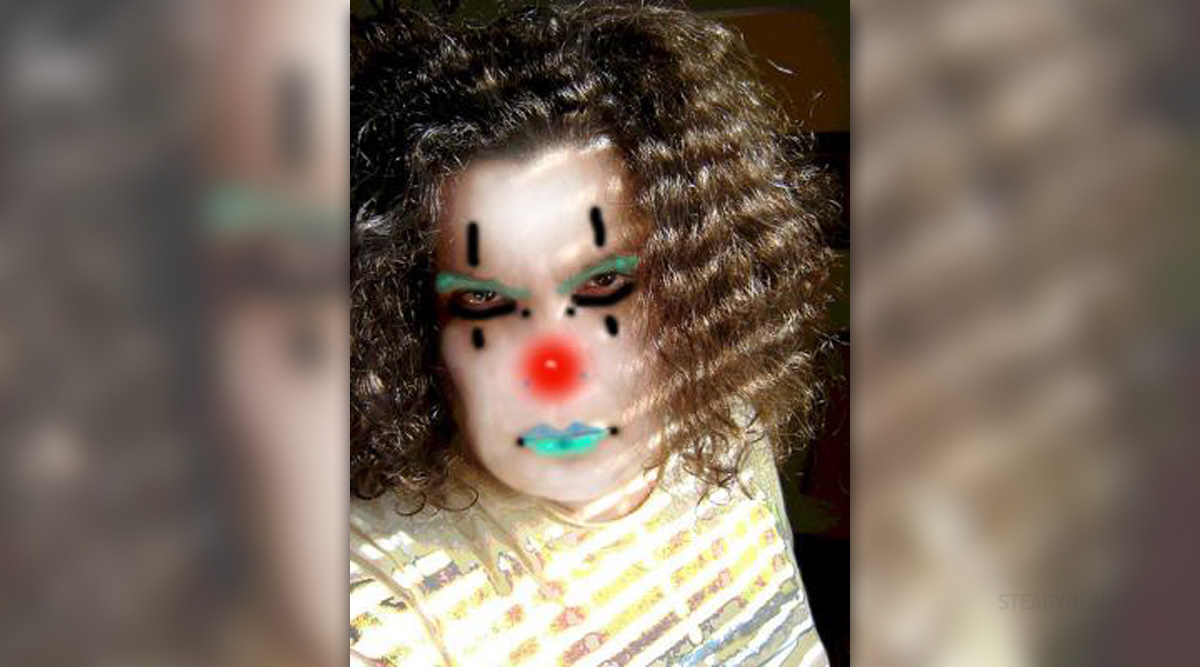
Bipolar or Adolescent?
While children are in their adolescentperiod of life, they are quite prone to mood swings and personalitychanges due to the fact that there are great hormonal changesaffecting their bodies during this period. However, sometimes, thesechanges may be more persistent than usually and may interfere with aperson's social life, having a negative effect on friendships, schoolrelationships, marks and other aspects of an adolescent's life. Ifthis starts being the case, and the whole situation escalates alongwith the mood swing, the child may be suffering from a personalitydisorder called bipolar disorder.
In the past, people thought that onlyadults could suffer from this conditions and that children arecompletely immune to it. However, lately, researches have proven thatthe situation is quite different. Namely, 7% of children from 6 up to16 years of age start expressing some symptoms of the bipolardisorder during their childhood and adolescent period. Also, manychildren diagnosed with depression could be suffering from bipolardisorder as well.
Manifestations of Bipolar Disorder inChildren
First of all, this condition manifeststhrough rapid mood changes regarding extremes. The children jump frombeing hyperactive and overly positive to a complete state ofdepression and lethargic behavior. These shifts may happen often, orcan be followed by periods of stagnation somewhere in the middle.There are even cases where both feelings strike a child at once.Every child expresses bipolar disorder differently and usually hasoccurrences of this personality disorder in his/her family's medicalhistory. All in all, proper and timely diagnosis is hard, and manysymptoms need to be taken into concern.
Besides the above mentioned moodswings, while in a hyperactive state, these children may feelextraordinary strong, even indestructible, having incredible amountsof energy while sleeping little. They are easily distracted and haveconcentration issues. Also, they rush their thoughts, speech, actionsand performances. Additionally, in this stage, children are prone todrug or alcohol abuse as well as unprotected and risky sex, alongwith other possibly threatening actions.
Once their mood changes and they becomedepressed, they are prone to crying and feeling sad, distancingthemselves from other people, spending time in grief and despair,deprived of all life energy. In this stage, they are very sensitiveto failures or disappointments. Also, they tend to sleep and eatexcessively. Finally, they are prone to suicidal tendencies,contemplating death and constantly complaining of headaches and otherproblems.
Since many of the symptoms areself-destructive, it is important to diagnose this condition andtreat it as soon as possible. The treatment involves psychotherapy incombination with medications and support from the child's familymembers and friends.



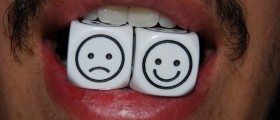
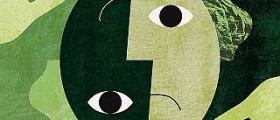
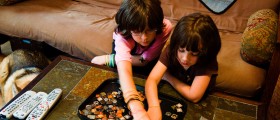

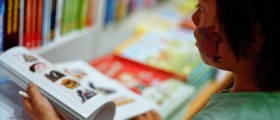


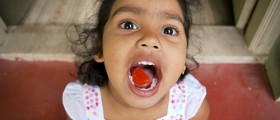

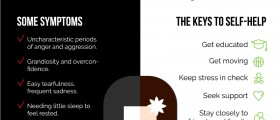
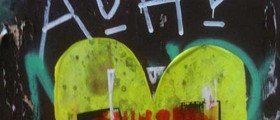
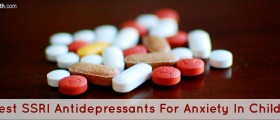

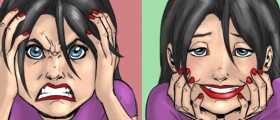
Your thoughts on this
Loading...